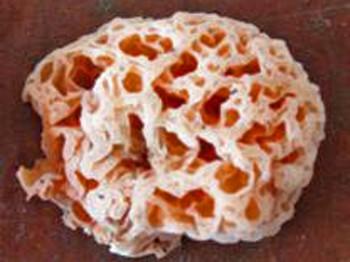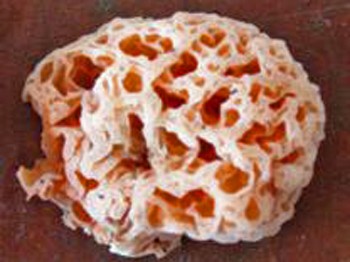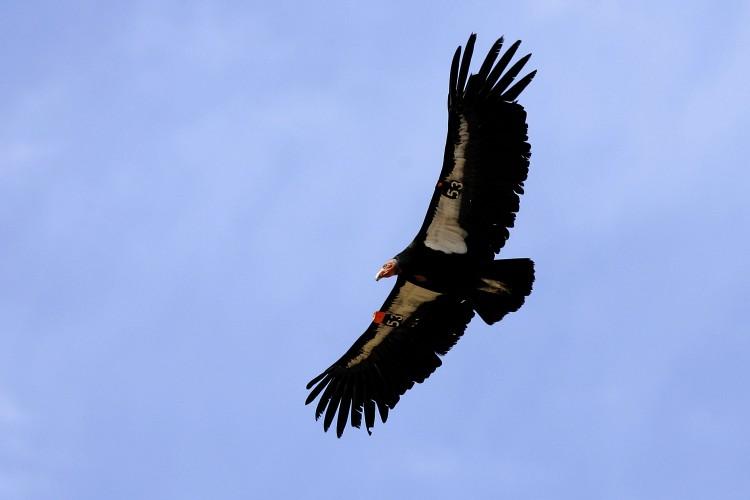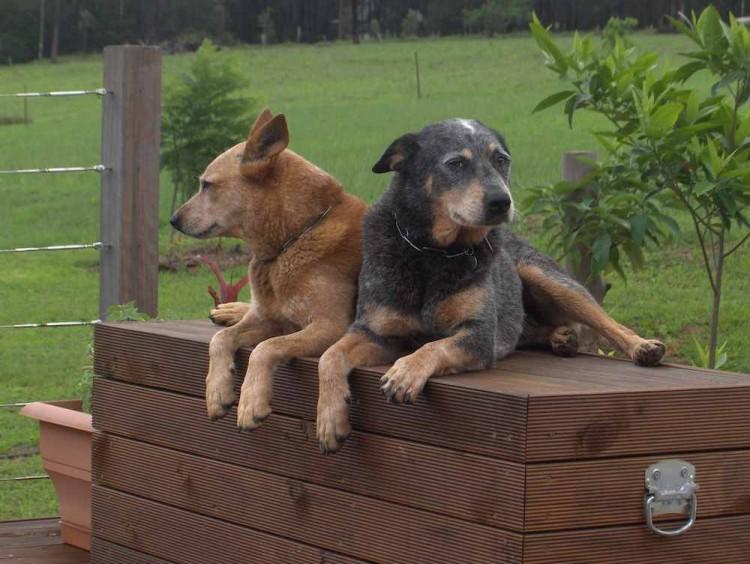SpongeBob SquarePants—The Mushroom?
Square-panted sponges might be just a little bit more ubiquitous than previously realized. Researchers have discovered a new mushroom species reminiscent of SpongeBob, the famous cartoon character.
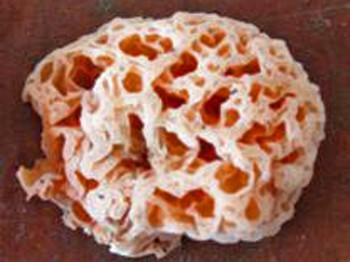
Spongiforma squarepantsii is found in the forests of Borneo. Tom Bruns/U.C. Berkeley
|Updated:
